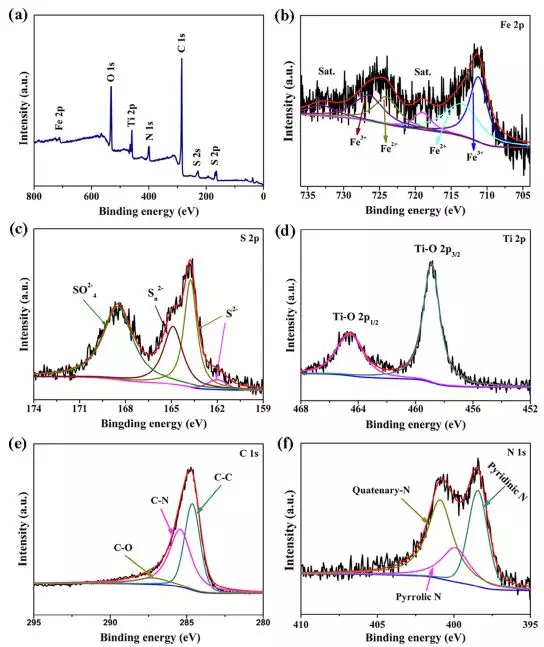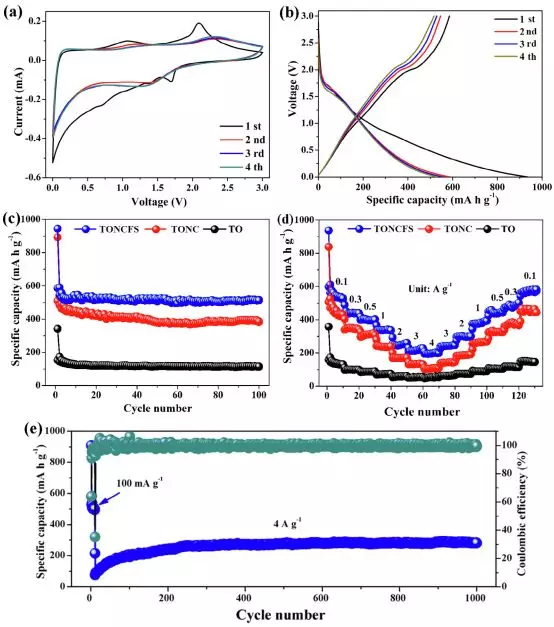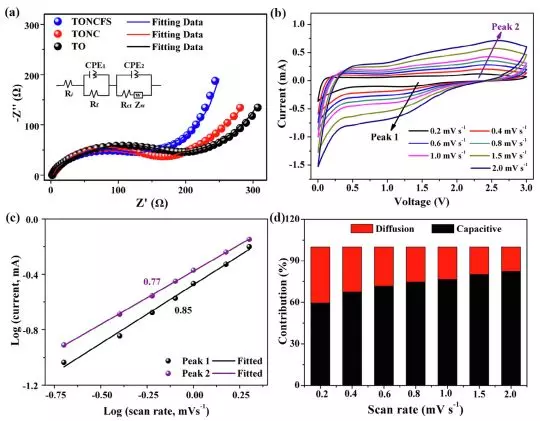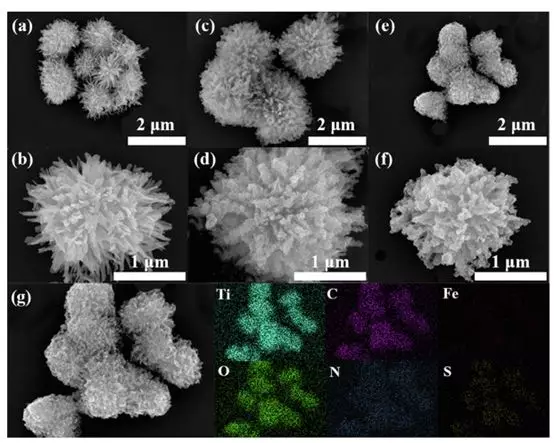3D Sea Urchin Titanium Dioxide @ Nitrogen-Doped Carbon / Fe Sulfide for Lithium Electrode
QQ Academic Group: 1092348845
Detailed

¡¾Research Background¡¿
Rechargeable lithium-ion batteries (LIBs) have received continuous attention from researchers over the past few decades. The ultra-high energy density and long cycle stability of lithium batteries are a reliable source of energy for wearable electronics and electric / hybrid vehicles system. As one of the most important components, the electrode material plays an important role in improving the electrochemical performance of LIBs. Titanium dioxide (TiO 2 ) benefits from excellent structural stability, negligible volume expansion, and suitable lithium intercalation / delithiation potentials-it can avoid lithium deposition and is a very excellent LIBs anode. More importantly, the electrochemical performance of TiO 2 can be controlled by morphological features and geometric dimensions.
MXenes is an emerging 2D layered transition metal carbide / nitride. As the first MXene material, Ti 3 C 2 T x is one of the ideal choices for lithium anodes due to its excellent electrical conductivity and unique 2D layered structure. Recently, as an ideal precursor, many Ti atoms can be used as nucleation sites of TiO 2 , and then TiO 2 can be generated by oxidation .
[Achievement Profile]
Recently, Professor Pan Likun of East China Normal University published in the internationally renowned academic journal Chemical Engineering Journal the title: 3D TiO 2 @ nitrogen-doped carbon / Fe 7 S 8composite derived from polypyrrole-encapsulated alkalized MXene as anode material for high performance lithium-ion Research papers forbatteries . In this study, a precursor was first prepared by in situ polymerization of a pyrrole monomer on a basicized Ti 3 C 2 T x , and a composite material was obtained by vulcanization at a high temperature of 700 ¡ã C. The lithium composite electrode is applied, in A G 0.1 -1 having a high current density of 516 mAh g of -1 reversible capacity, while the G. 4A -1high electrical lower current density after 1000 charge-discharge cycles, Can retain 282 mAh g -1 reversible capacity. This outstanding performance can be attributed to the unique 3D sea urchin-like TiO 2 with good structural stabilityIt can provide enough space to promote the contact between the electrode and the electrolyte, shorten the lithium ion diffusion path and limit the volume expansion. N-doped carbon can improve conductivity, promote electron transfer, and prevent the accumulation of Fe 7 S 8 .
[Picture and text guide]

Figure 1. Synthesis of TONCS heterojunction

Figure 2. SEM images of (ab) alk-Ti 3 C 2 , (cd) PPy / alk-Ti 3 C 2 , (ef) TONCF. (g) TONCF¡®s Ti, O, C, N, Fe and S element mapping.

Figure 3. (ab) TEM, (cd) HRTEM of TONCF.

Figure 4. (a) XPS full spectrum of TONCFS, and (bf) the peaks of Fe 2p, S 2p, Ti 2p, C 1s and N 1s.

Figure 5. TONCF (a) CV image at 0.2mV s -1 scan rate, (b) Charge and discharge image at a current density of 100mA g -1 , (cd) Cycle and magnification images of TONCFS, TONC and TO, ( e) Cyclic stability test of TONCFS at a current density of 4 A g -1 .

Figure 6 (a) AC impedance test and electrochemical behavior analysis and calculation after 100 cycles of TONCFS, TONC and TO cycles.
[Summary of this article]
In summary, the prepared 3DTONCFS material has outstanding lithium storage performance. This outstanding performance can be attributed to the unique 3D sea urchin-like TiO 2 with good structural stability , which can provide enough space to promote the electrode and electrolyte. The contact shortens the lithium ion diffusion path and limits volume expansion. N-doped carbon layer to enhance the electrical conductivity can promote the transfer of electrons and the blocking of Fe . 7 S . 8 stacked, and of Fe . 7 S . 8 provides a higher capacity in the charge-discharge process, therefore, TONCFS is a very promising Lithium battery anode material.
Literature link:
https://doi.org/10.1016/j.cej.2019.123394
Source: MXene Frontier
- Previous£º Nano Letters: MXene he
- Next£º MXene breakthrough: Na


 mxene academic
mxene academic
